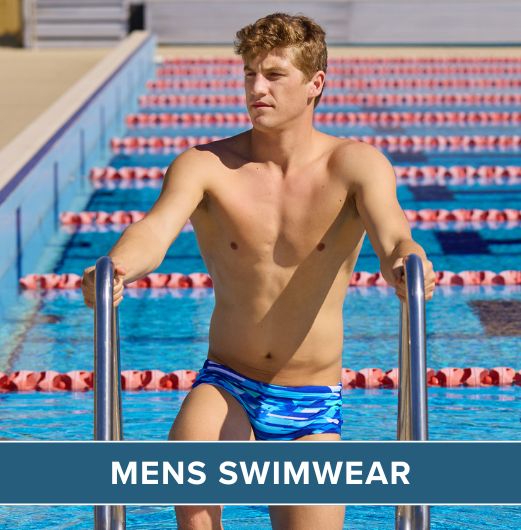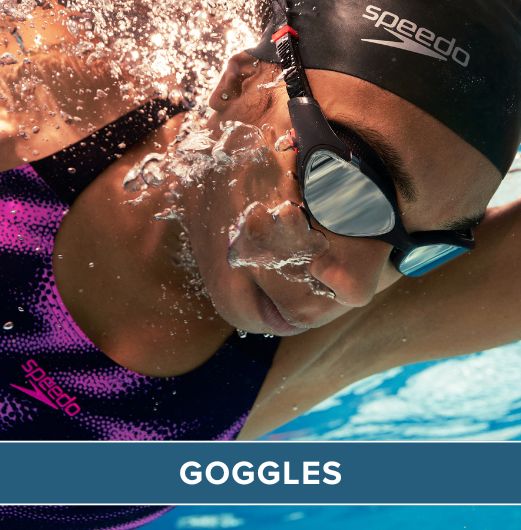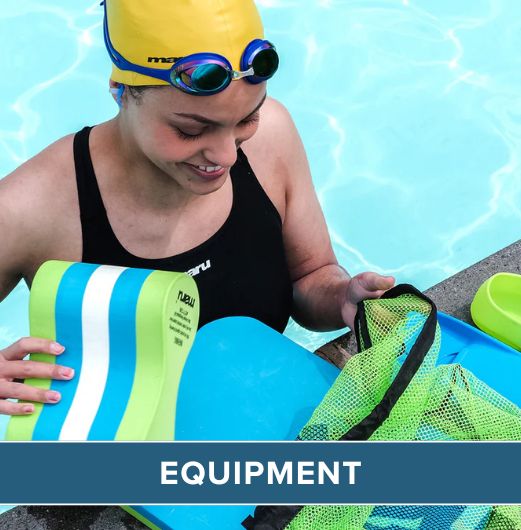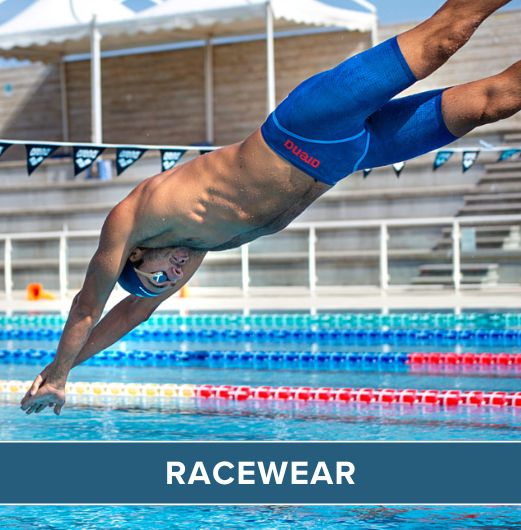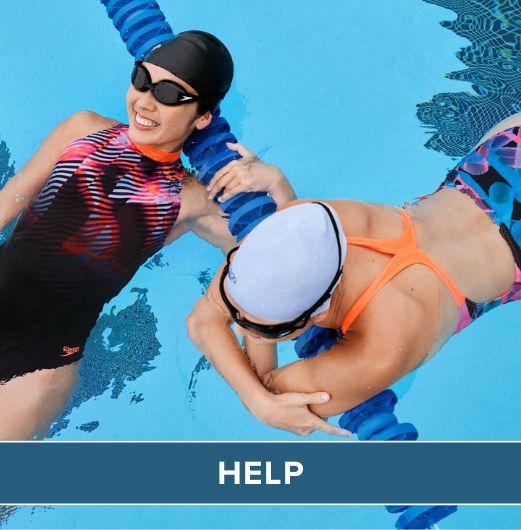We all know that swimming is a great way to stay fit and healthy and the benefits are widely enjoyed. For some, it’s a great way to lose weight, improve stamina, muscle-tone and flexibility; for others it’s a relaxing and enjoyable way to unwind and improve general fitness.
Yet even the fittest and strongest of swimmers need to be mindful of the risks and potential dangers when swimming alone. Hundreds of deaths by drowning are recorded each year in the UK alone, adding to the hundreds of thousands worldwide. Statistically, drowning is the third highest cause of accidental death in the world and sadly, the cause of many of these is down to carelessness and lack of caution, but by taking a few simple precautions, common sense can prevent many of these accidents from occurring.

PREPARE FOR SWIMMING
Before you go swimming alone, where possible it’s worth informing someone you know beforehand of where you’re going and also when you expect to return. Wherever you swim, however, you should always ensure you have warmed up your muscles first and that you're not swimming on a full stomach.
Warming up your muscles will minimise the risk of cramps, especially in the feet and calf muscles. Cramp is brought on when muscles are either tired or over-used and during swimming, the muscles in the calf and the sole of the foot are worked very hard. A series of simple stretching exercises will help to loosen and stretch these muscles and reduce the risk of painful muscle contractions.
Swimming immediately after a large meal can also increase the risk of cramp as well as making you feel nauseous or, in extreme cases, actually cause vomiting. If you begin choking in water where you're out of your depth, this can become very dangerous and provoke the onset of panic. Taking sensible measures to ensure your body is ready to swim will significantly reduce the potential difficulties an unprepared swimmer could face.
Good hydration is also essential, although gulping down mouthfuls of whatever you’re swimming in is not the best solution! Plenty of fresh water before and after swimming to maintain your fluid levels and reduce fatigue is ideal, as are drinks containing electrolytes. Electrolytes regulate fluid distribution throughout the body so this will help to maintain this after vigorous exercise as well as replacing electrolytes lost through sweating.
SAFE TO SWIM?
If the safest of environments do not come without risk, what about those where there are no lifeguards or members of the public to help you?
If you're lucky enough to have your own swimming pool, you should ensure that the recommended safety guidelines have been followed to ensure your pool and surrounding area are free from hazards and provide safe circumstances for swimming. The pool should be well maintained and clean with easy access. Take care to ensure nothing hazardous could fall into the pool which could cause obstruction, entanglement or endanger life.
SWIMMING ALONE IN THE SEA
There's nothing quite like the exhilaration of swimming in the ocean and the feeling of freedom that goes with it. However, there are many dangers in the depths and even shallow waters pose potential hazards for the lone swimmer.
Where beach flags are in operation, observe these at all times – they are there to ensure safety and ultimately save lives! You should not swim in the sea if a red flag is flying as this indicates dangerous conditions. Where red and yellow flags are present, lifeguards are on duty and you should keep to the areas between the flags.
A black and white flag indicates a surfing area and it is not always advisable for a lone swimmer to swim here. Alone, a swimmer can be hard to spot, especially if the surf is up and the area is busy. Be alert for surfboards and body-boards as well as other craft moving silently or at speed. Where jet-skis and motor boats are being used, be aware of the wake these create and swim well away from the area where they are in use. Currents are one of the most treacherous hazards of sea swimming. Check out the information available so you know of areas to avoid or that could put you at risk. You should also check the tide times to avoid the risk of being cut off around coves or unable to get back to shore before the tide is completely in.
You should also cater for any injuries you may sustain from swimming in the sea and should have the basics to patch up any cuts or treat wounds. Sharp rocks, coral and broken glass can all cause unpleasant or even serious cuts so take a basic first aid kit such as plasters, a bandage, antiseptic gel and so on, to provide immediate treatment.
If swimming abroad, remember you can burn as easily in the water as you can on dry land so do not swim for long periods in the hot sun and use a good quality, waterproof sun barrier cream. It may also seem an adventure to go off alone and swim in that secluded spot, but unless you have researched the conditions – not to mention the wildlife – that you may encounter, only swim in areas designated as safe to do so.
Don’t become a statistic. Follow advice, read instructions, use common sense and that way you’ll be free to experience the joys of swimming safely without putting yourself, or anyone else, at risk.
 Free Tracked UK Delivery
Free Tracked UK Delivery Hassle Free Returns
Hassle Free Returns Next Working Day OPTION
Next Working Day OPTION Found It Cheaper?
Found It Cheaper?





